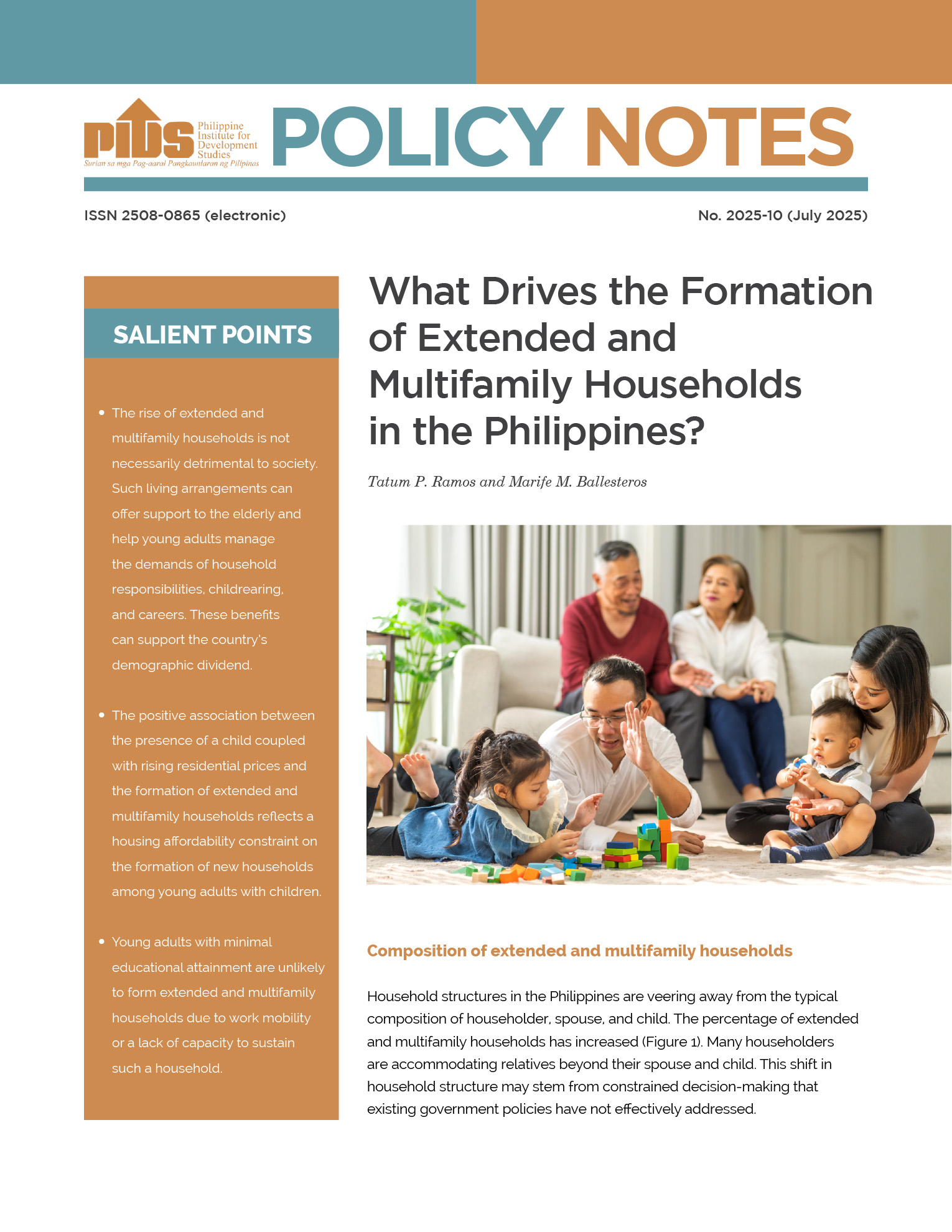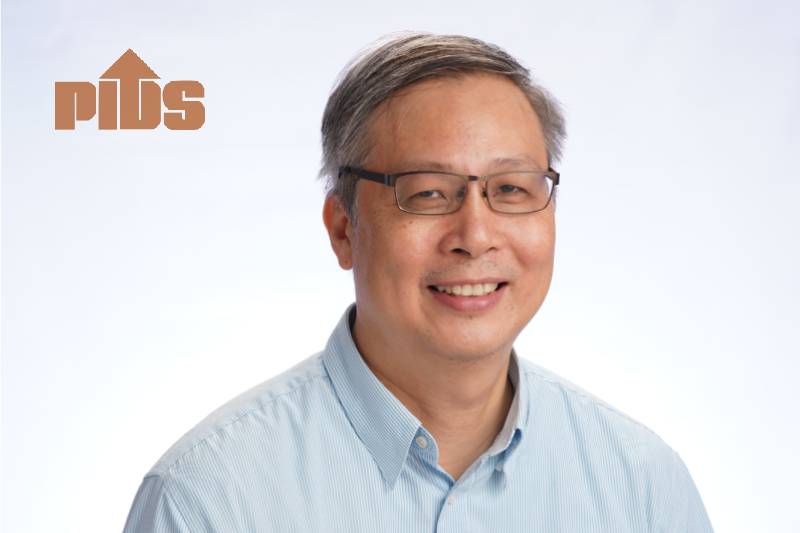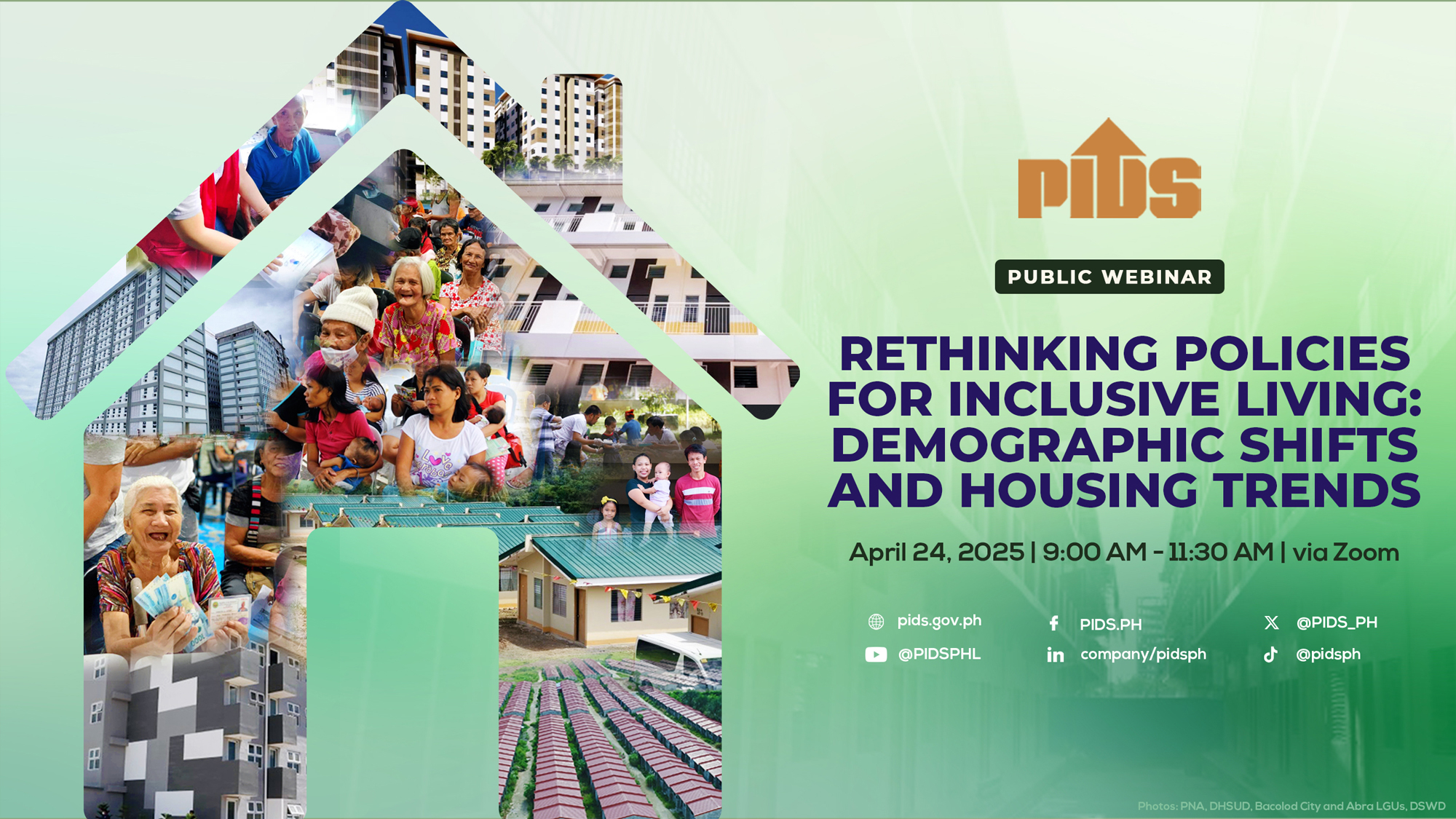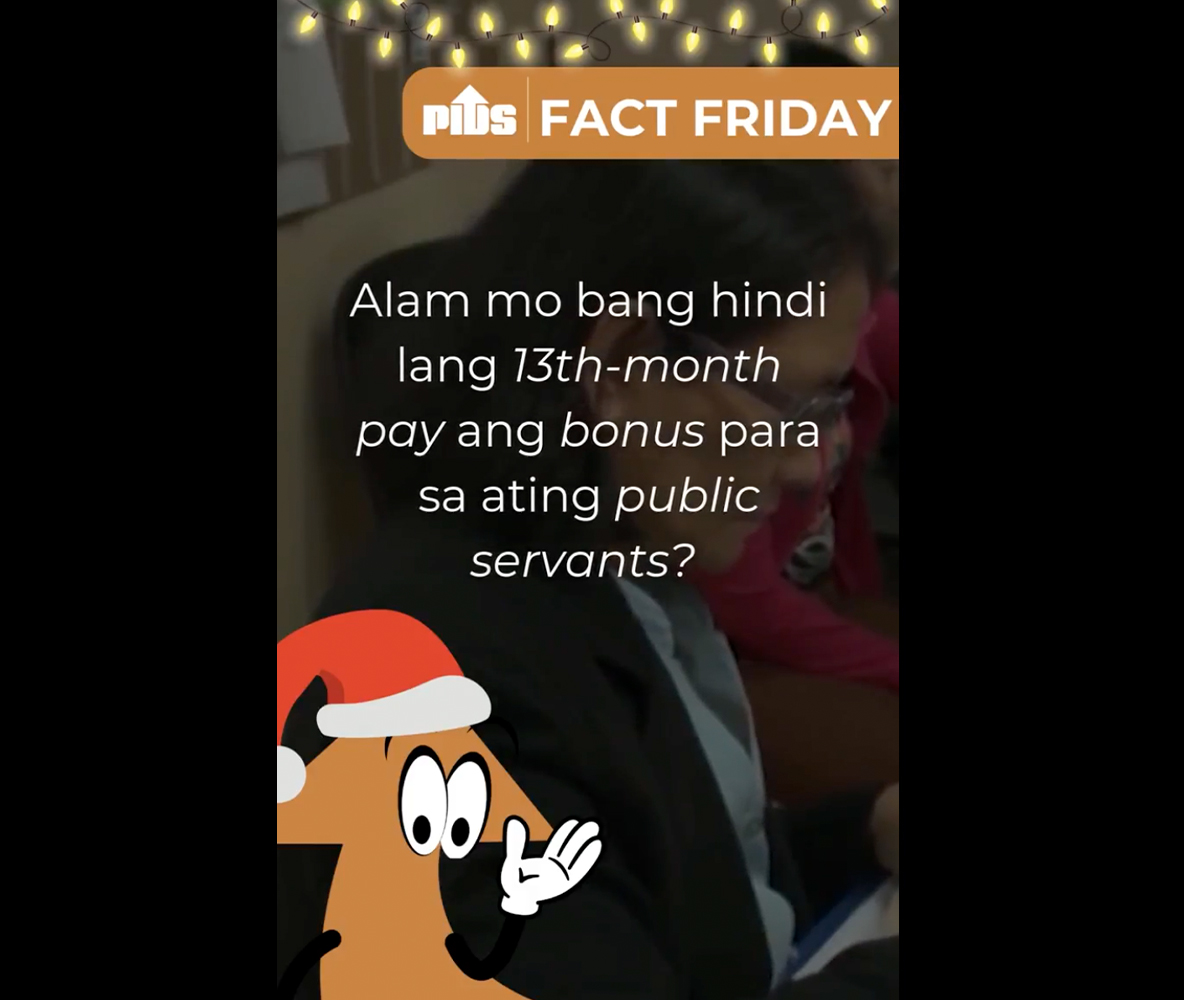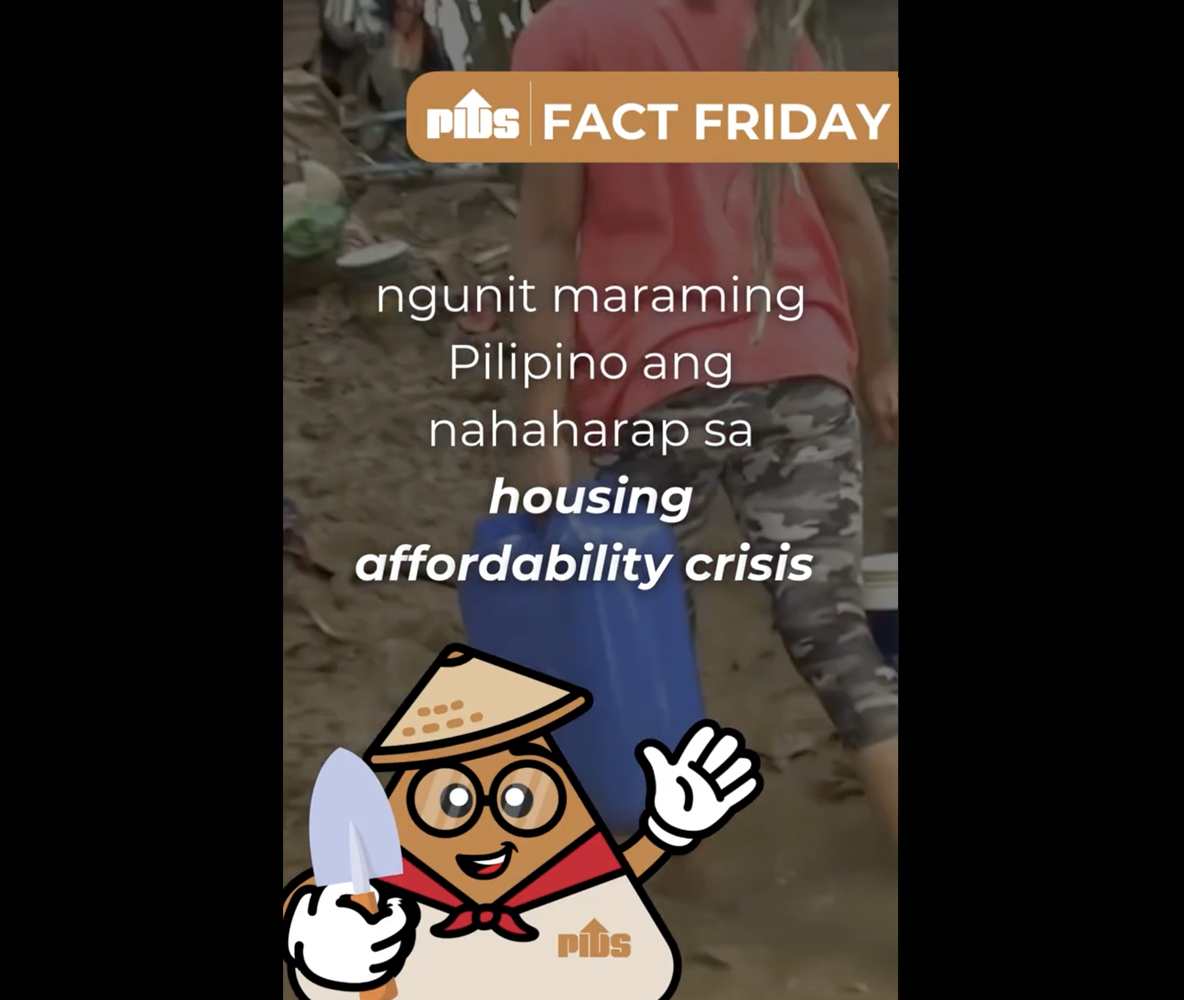The national government plans to undertake a public rental housing program that will allow Filipinos to live near their workplace, according to the Housing and Urban Development Coordinating Council (HUDCC).
Vice President and HUDCC Chairman Maria Leonor G. Robredo said the public rental housing program is one of the “innovative ways” the council is thinking of to make housing more affordable for Filipinos.
“We are looking into a public rental housing program to cater to the needs of individuals whose needs are temporary or are, otherwise, not looking to own a home where they are working,” Robredo said.
Based on the 2015 Family Income and Expenditure Survey (FIES), second to food, Filipinos spent the most on housing rental or rental value. On average, Filipinos spent 12.2 percent of their total expenses on shelter.
The so-called bottom 30 percent of the population, or the poorest Filipinos, spent less on shelter at 7.7 percent, while the upper 70 percent spent more at 13 percent.
Robredo further cited data from government think tank Philippine Institute for Development Studies (Pids) which indicated that 33 percent of urban population are renters, while 17 percent are sharers.
She added that a 2004 Pids study found that rental housing is found mostly in informal settlements.
Robredo said a public rental program will also allow families who cannot afford to buy their own homes save up toward the goal of being a homeowner in the future.
The HUDCC said it has convened a technical working group that will conduct consultations with different stakeholders to develop a public rental housing program and other non-ownership based modes for providing more affordable housing options.
“We are also developing innovative approaches to housing finance, including housing microfinance and the use of right-based land tenure instruments as collateral substitutes,” Robredo added.
She said these housing solutions also involve local government units (LGUs), in keeping with the HUDCC’s new strategic direction of putting greater emphasis on empowering local governments.
Robredo added that LGUs can be “efficient urban managers” with the capacity to develop plans and deliver services to their growing urban population.
These solutions, Robredo said, can make housing more affordable in the long run. HUDCC earlier said the poorest Filipinos cannot afford even socialized housing facilities.
Based on the 2015 FIES, the annual income of the poorest 30 percent range, from P86,020 to P132,983.
However, HUDCC noted that socialized housing in the Philippines, which includes building a house and buying land, costs as much as P450,000, or higher than the yearly income of the poorest Filipinos.
“The challenge that we face now is setting in place a stronger land use policy that is efficiently administered through an integrated land and ISF [informal-settlers family]information system,” Robredo said.
“This will be complemented by providing innovative housing solutions through the key shelter agencies and public-private partnerships to address opportunity gaps facing the homeless and low-income families,” she added.
Earlier, Robredo said she is looking at the housing program in Valenzuela, where homeless residents pay the local government a monthly rent of P300.
Through the housing program, the city of Valenzuela is also able to impose government regulations, such as keeping children in school and giving them regular checkups.
The only downside, Robredo said, is the amount needed by LGUs to finance such an undertaking. “The city of Valenzuela is lucky to have the resources, but not all LGUs have that kind of financial muscle.”//
Vice President and HUDCC Chairman Maria Leonor G. Robredo said the public rental housing program is one of the “innovative ways” the council is thinking of to make housing more affordable for Filipinos.
“We are looking into a public rental housing program to cater to the needs of individuals whose needs are temporary or are, otherwise, not looking to own a home where they are working,” Robredo said.
Based on the 2015 Family Income and Expenditure Survey (FIES), second to food, Filipinos spent the most on housing rental or rental value. On average, Filipinos spent 12.2 percent of their total expenses on shelter.
The so-called bottom 30 percent of the population, or the poorest Filipinos, spent less on shelter at 7.7 percent, while the upper 70 percent spent more at 13 percent.
Robredo further cited data from government think tank Philippine Institute for Development Studies (Pids) which indicated that 33 percent of urban population are renters, while 17 percent are sharers.
She added that a 2004 Pids study found that rental housing is found mostly in informal settlements.
Robredo said a public rental program will also allow families who cannot afford to buy their own homes save up toward the goal of being a homeowner in the future.
The HUDCC said it has convened a technical working group that will conduct consultations with different stakeholders to develop a public rental housing program and other non-ownership based modes for providing more affordable housing options.
“We are also developing innovative approaches to housing finance, including housing microfinance and the use of right-based land tenure instruments as collateral substitutes,” Robredo added.
She said these housing solutions also involve local government units (LGUs), in keeping with the HUDCC’s new strategic direction of putting greater emphasis on empowering local governments.
Robredo added that LGUs can be “efficient urban managers” with the capacity to develop plans and deliver services to their growing urban population.
These solutions, Robredo said, can make housing more affordable in the long run. HUDCC earlier said the poorest Filipinos cannot afford even socialized housing facilities.
Based on the 2015 FIES, the annual income of the poorest 30 percent range, from P86,020 to P132,983.
However, HUDCC noted that socialized housing in the Philippines, which includes building a house and buying land, costs as much as P450,000, or higher than the yearly income of the poorest Filipinos.
“The challenge that we face now is setting in place a stronger land use policy that is efficiently administered through an integrated land and ISF [informal-settlers family]information system,” Robredo said.
“This will be complemented by providing innovative housing solutions through the key shelter agencies and public-private partnerships to address opportunity gaps facing the homeless and low-income families,” she added.
Earlier, Robredo said she is looking at the housing program in Valenzuela, where homeless residents pay the local government a monthly rent of P300.
Through the housing program, the city of Valenzuela is also able to impose government regulations, such as keeping children in school and giving them regular checkups.
The only downside, Robredo said, is the amount needed by LGUs to finance such an undertaking. “The city of Valenzuela is lucky to have the resources, but not all LGUs have that kind of financial muscle.”//



